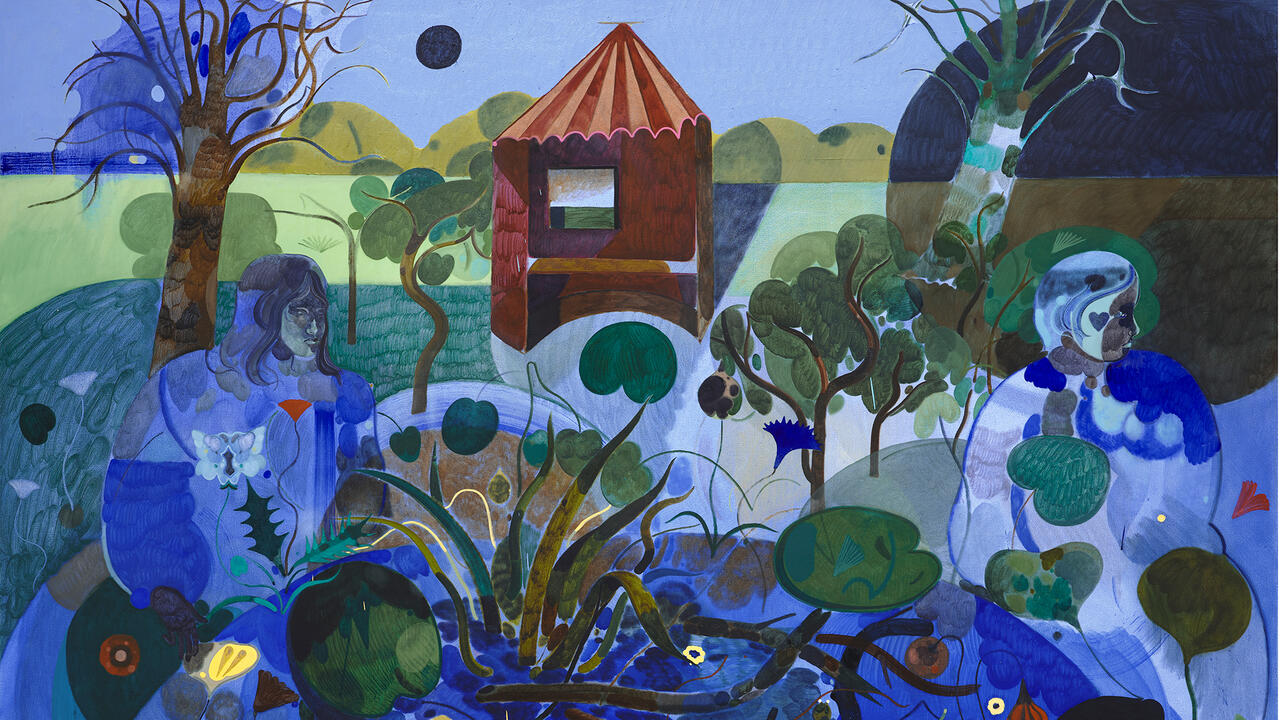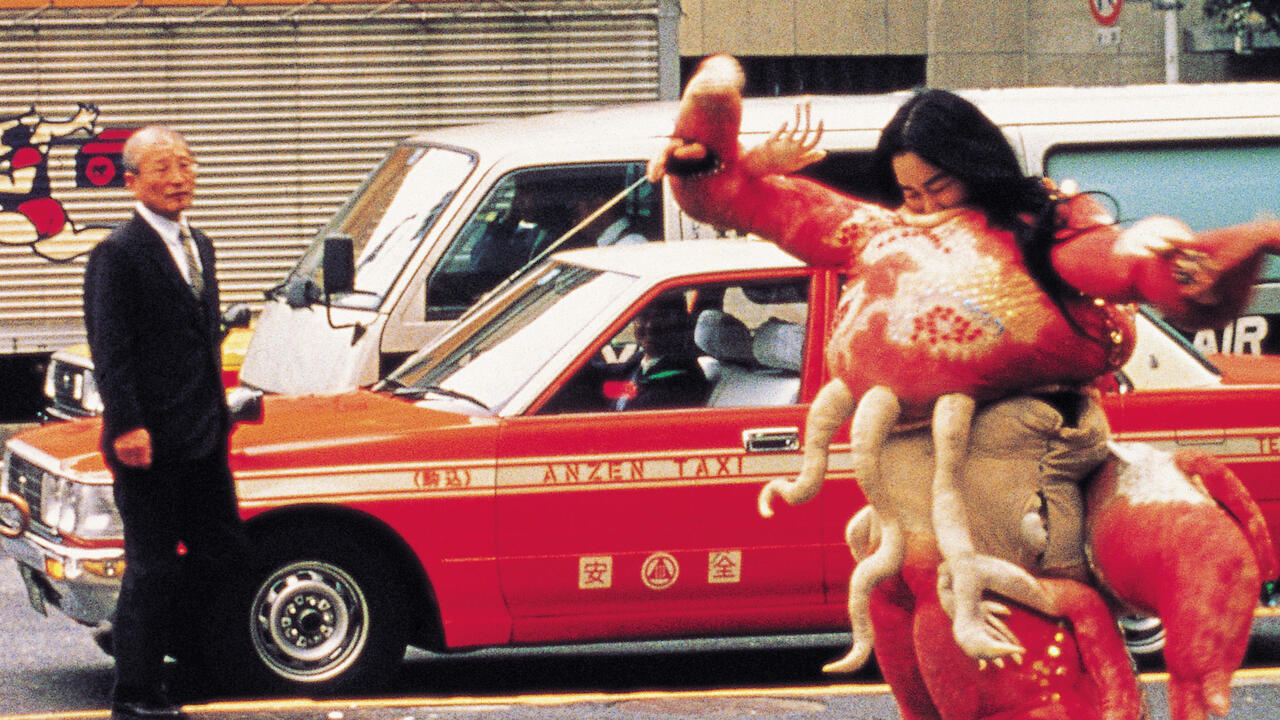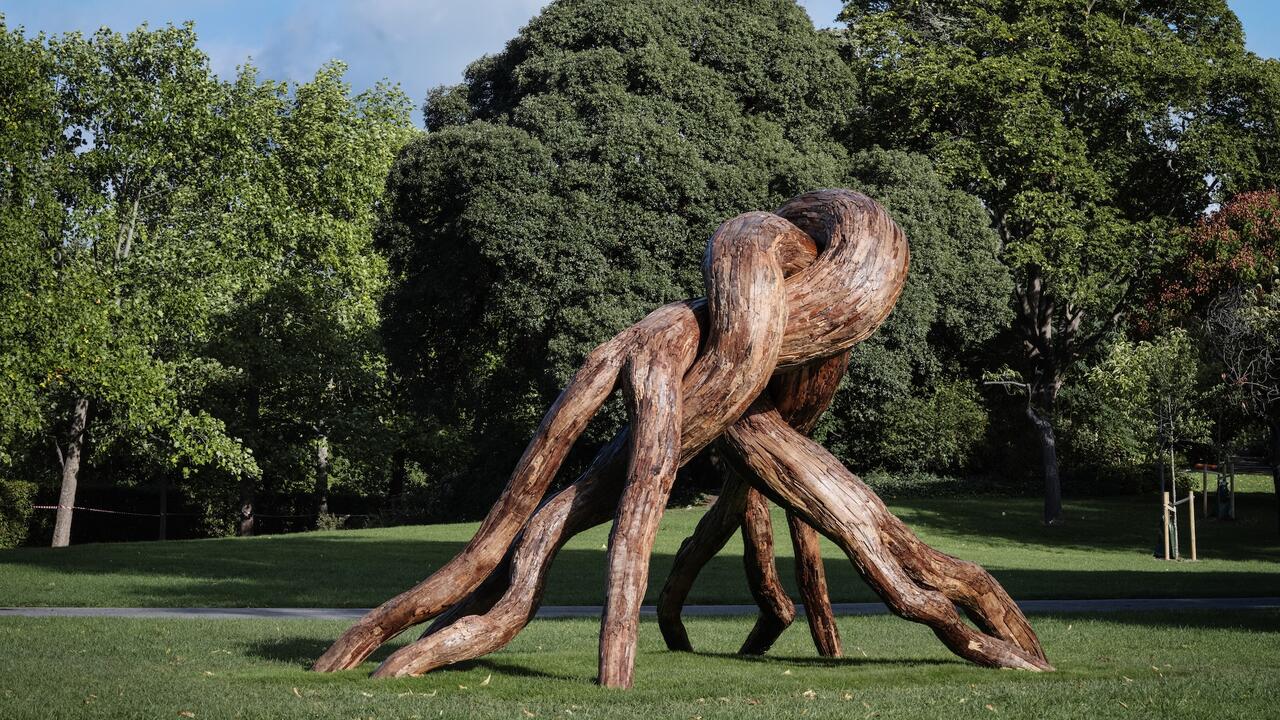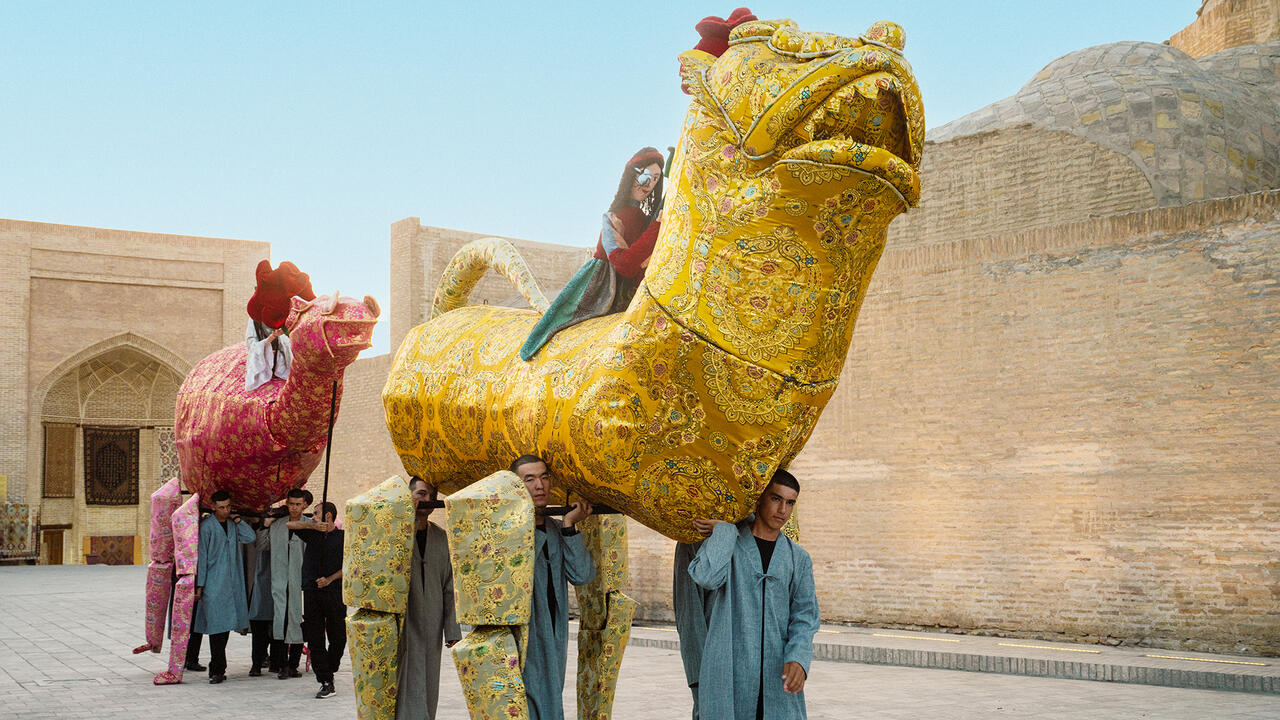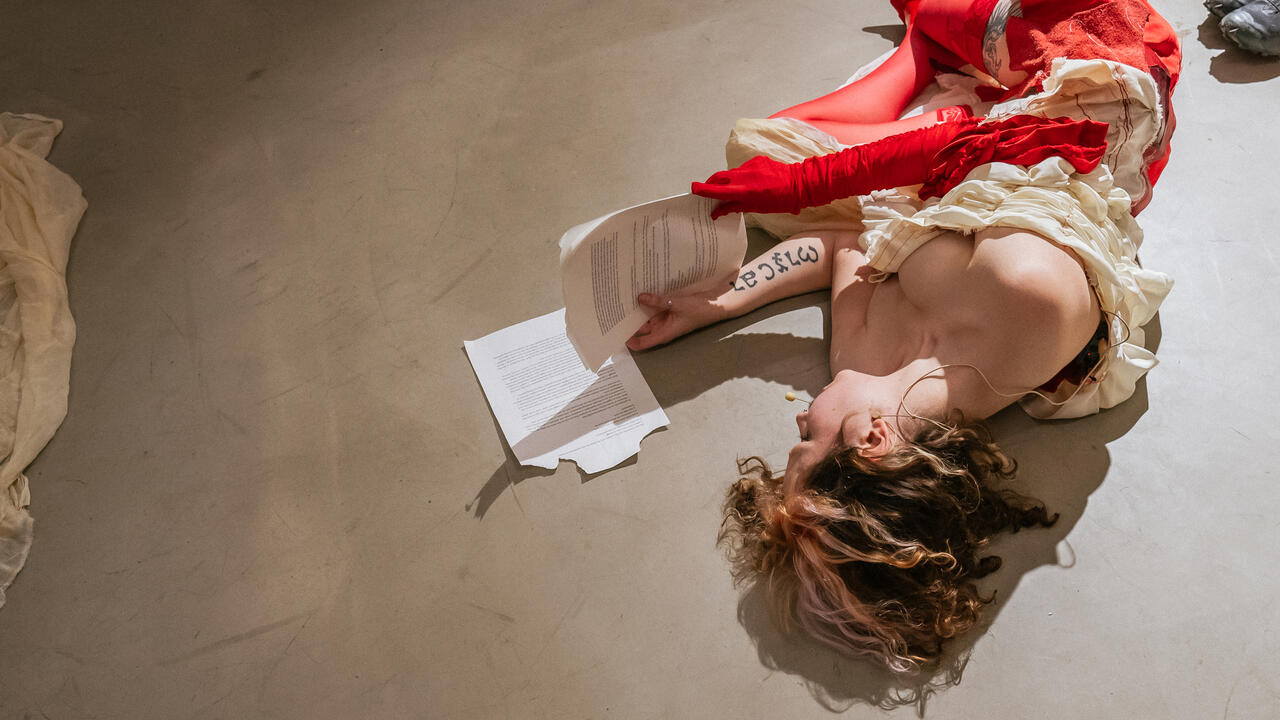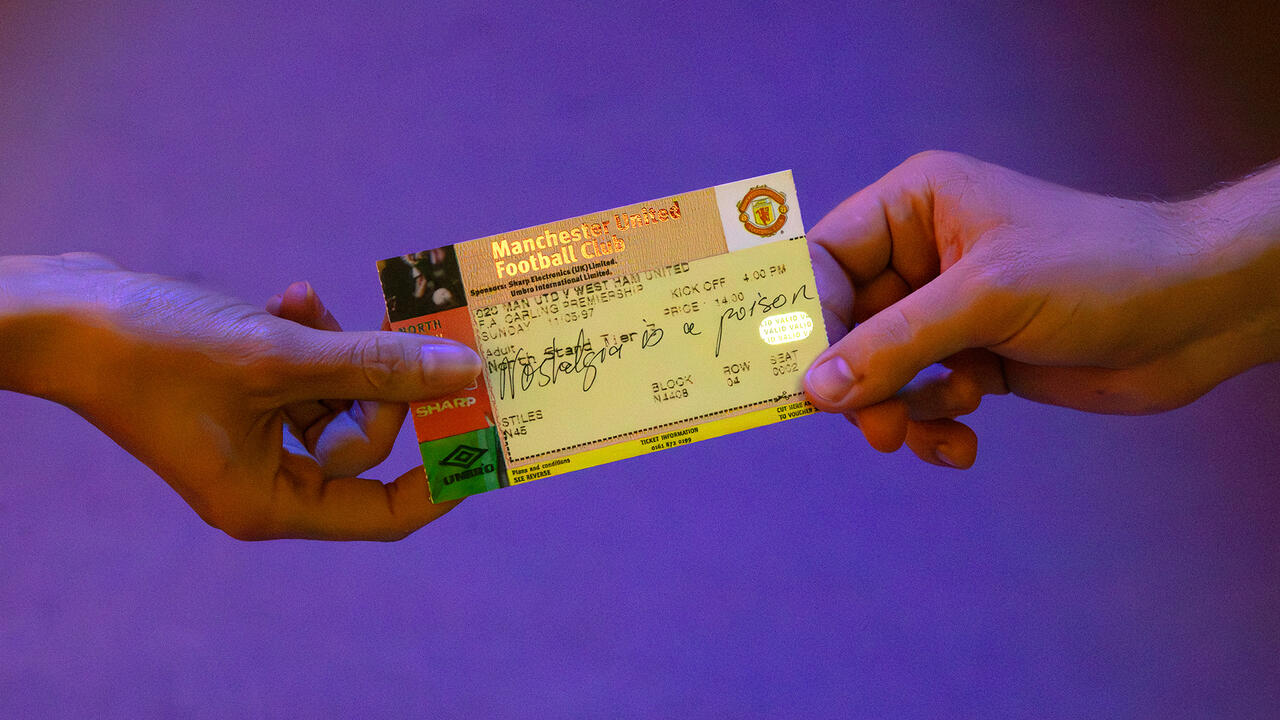The B-Word: Debating Cultural Boycotts
From victims of Hurricane Harvey to the music of Roger Waters, 2017 has been full of renewed debate around support for boycotts
From victims of Hurricane Harvey to the music of Roger Waters, 2017 has been full of renewed debate around support for boycotts

Two months ago, residents of Dickinson, in Galveston County, US, faced a strange ultimatum. The city had been among the hardest-hit places when Hurricane Harvey’s torrential rains slammed Texas. Those filling in online applications for relief grants donated to the Dickinson Harvey Relief Fund were required to confirm that they would ‘not boycott Israel.’ This requirement stemmed from a bill passed by Texas Governor Greg Abbott, which prohibits all state agencies from contracting, and certain public funds from investing in, companies and persons that boycott Israel. This odd episode in Texas can also be seen as a sign of the wider deterioration of democracy, where non-violent resistance and protests are losing their legitimacy, and acts of solidarity with Palestinian civil society through the boycott of Israel are considered as deeds of disobedience, since the call for a boycott is outside of the law – last week, German public broadcasters cancelled plans to air 2018 performances by ex-Pink Floyd musician Roger Waters over his public support for boycotting Israel (and refusal to perform in Israel) through the Boycott, Divestment, Sanctions (BDS) movement.

Calling for a boycott – even regarding mega cultural events – is obviously no new phenomenon. Consider the boycott of the 1968 Venice Biennale led by Italian students which accused the exhibition of being ‘feeble’, ‘fascist’, and an expression of the ‘cultura dei padroni’ (culture of the owners). The increasing intensity of the accompanying protests that took place during the installation and preview days of the Biennale which sparked police repression, prompted several artists taking part in the biennale to react with gestures of solidarity with the protestors and to express standpoints rejecting the intermingling between art and the market, and decrying the heavy-handed police response. In addition, on the occasion of the opening some artists decided to boycott the official events, close their venues or turn their paintings towards the walls.

The Anti-Apartheid Movement, which began as ‘The Boycott Movement’, was founded by a group of South African expatriate students and activists in London in 1959, and has been the inspiration for BDS and many other current boycott movements, such as Artists for Palestine UK (APUK), Boycott from Within and Gulf Labor Coalition. Of course, the conditions of the era of the Anti-Apartheid Movement (AAM) differed substantially from those surrounding BDS today. It took the AAM almost 24 years of hard labour to build the visibility and relations needed to incite a critical mass in South Africa and abroad. Even when the campaign culminated in the mid-1980s, the struggle continued for years until real constitutional change was achieved. The BDS movement was able to successfully carry out its strategies in a much shorter time-span: its effect can be measured by increased media coverage of the destitute conditions of Palestinians living in Gaza, or by the proliferation of activist groups around the globe that are demonstrating against violations of Palestinian human rights. Many capitals in but not limited to the 'Western world’ are now host to a local BDS movement. And with regard to the art world, it has almost become customary in many artistic or academic conferences or symposia that are themed around ‘art and activism’ or 'art and labour' to devote at least one lecture or panel to the effects of boycotts on art mega-events, the market or museums – with BDS looming large in any such discussion.

The volume of publications, conferences and symposia dedicated to cultural boycotts show clearly how these campaigns have moved from the margins to the centre of awareness among artists, curators, cultural and academic institutes, the media and the public. Consider the recent reader Assuming Boycott: Resistance, Agency, and Cultural Production, edited by Kareem Estefan, Carin Kuoni, and Laura Raicovich (OR Books, 2017). The work comprises analyses of common cases by various voices that look at calls for boycotts from different perspectives – useful to artists and curators who seek to know more about the cultural boycott of apartheid in South Africa, the tactics of the BDS movement, or the latest art-biennial disputes. And yet this increasing interest in boycotts as a subject for academic classes and syllabuses raises the concern that these movements are increasingly becoming the subject of study rather than engaging public action. One hypothesis can be offered: that this is a consequence both of the tendency to frame boycotts as acts outside of the law, and the relative freedom of speech still afforded by the academy.
The logic behind ‘autonomous art’ is the same logic of the ‘exception’: a privileged existence beyond law and order and therefore freed from the civil, political or social engagements that enable the enforcement of social change.
Among those who might support an economic boycott in principle, there are those who would still object to an academic and cultural boycott. This objection relies on the argument that a cultural boycott without an economic one is ineffective. Another argument that is often heard is that a cultural and academic boycott leads to silencing, and does not distinguish between supporters and objectors. According to this argument, art should be apolitical, striving to create a dialogue between cultures, and therefore should not be subjected to boycott. Adherents to this claim usually regard art as autonomous, implying its lack of any form of utility and potential for political or social acts, and thereby ironically also negating the argument that art can ever form a bridge between cultures. The logic behind ‘autonomous art’ is the same logic of the ‘exception’: a privileged existence beyond law and order and therefore freed from the civil, political or social engagements that enable the enforcement of social change.

But if we refuse to see art as an exception that either stands outside of the law or suspends it, we can face the various states of emergency that we are confronted with across the world. Movements such as Gulf Labor Coalition – a group of international artists and activists demanding an improvement in the migrant worker rights and labour conditions during the construction of the Guggenheim museum on Saadiyat Island in Abu Dhabi – are constantly inventing new, provocative ways of raising awareness around the violations of workers’s rights, that so often invoke the symbolic value of art and professional artistic ethics. The Coalition has stated, ‘These violations, which threaten to sully the Guggenheim’s reputation, present a serious, moral challenge to those who may be asked to work with the museum. No one should be asked to exhibit or perform in a building that has been constructed and maintained on the backs of exploited employees.’ GLC’s effectiveness can arguably be measured through the increasing media coverage of labour conditions on Saadiyat Island (most recently around the opening of the Louvre’s outpost), indicating a change of consciousness within reporting from the region.

One recent dispute concerns the Queens Museum in New York. The director (Laura Raicovich, co-editor of the aforementioned volume) vetoed the booking of the museum by Israeli officials to commemorate the 70th anniversary of their nation’s founding. After Raicovich received a backlash, including Israeli and New York politicians accusing the museum of anti-Semitism, the institution allowed the event to go ahead. While Israel’s representatives and the museum seem to have made peace, the episode raises concerns that this may set a precarious precedent for how museums conduct their business – particularly in light of New York Governor Andrew Cuomo’s recent executive order mandating state agencies to boycott institutions and companies that support the BDS movement, and as the State Assembly considers signing anti-BDS bills into law. Under these circumstances, the existence of boycotts might be regarded as some measure of a country’s democratic health.

It’s important to also consider the meaning of the ‘silent boycott’ – a private decision made by individuals. This may increase one’s feeling that one has made the right ethical decision, but it fails to create the potential for change that emerges from a properly formed, public boycott campaign. There is no ambiguity, no middle way or half-boycott. And positioning oneself within such a movement can tackle other unexpected conflicts alongside the actual action of the boycott: the inevitable debate that emerges around each new boycott triggers and exposes other structural injustices and problems, from issues relating to freedom of speech to forms of social inequality, as we can begin to see in the many examples I’ve traced above.
This much is clear: a boycott affects and injures anybody who comes across its path, and both the subject and the object of the boycott will suffer from the social punishment of the other. This burden, however, does not stand in comparison to the experiences of those whom these boycott campaigns seek to support, and from this we can argue: boycotting means that those who can act will – in some senses – have to sacrifice part of their privileges to grant the same rights to those who cannot act. Whether we are supporters or objectors to the idea of a cultural boycott (and the liberal art world often finds its allegiances split), a powerful effect is always created: as long as we can keep debate around boycotts alive, these campaigns will always find their fuel.
Main image: BDS protest, 2014, California, US. Courtesy: Flickr, Creative Commons; photograph: Alex Chis





